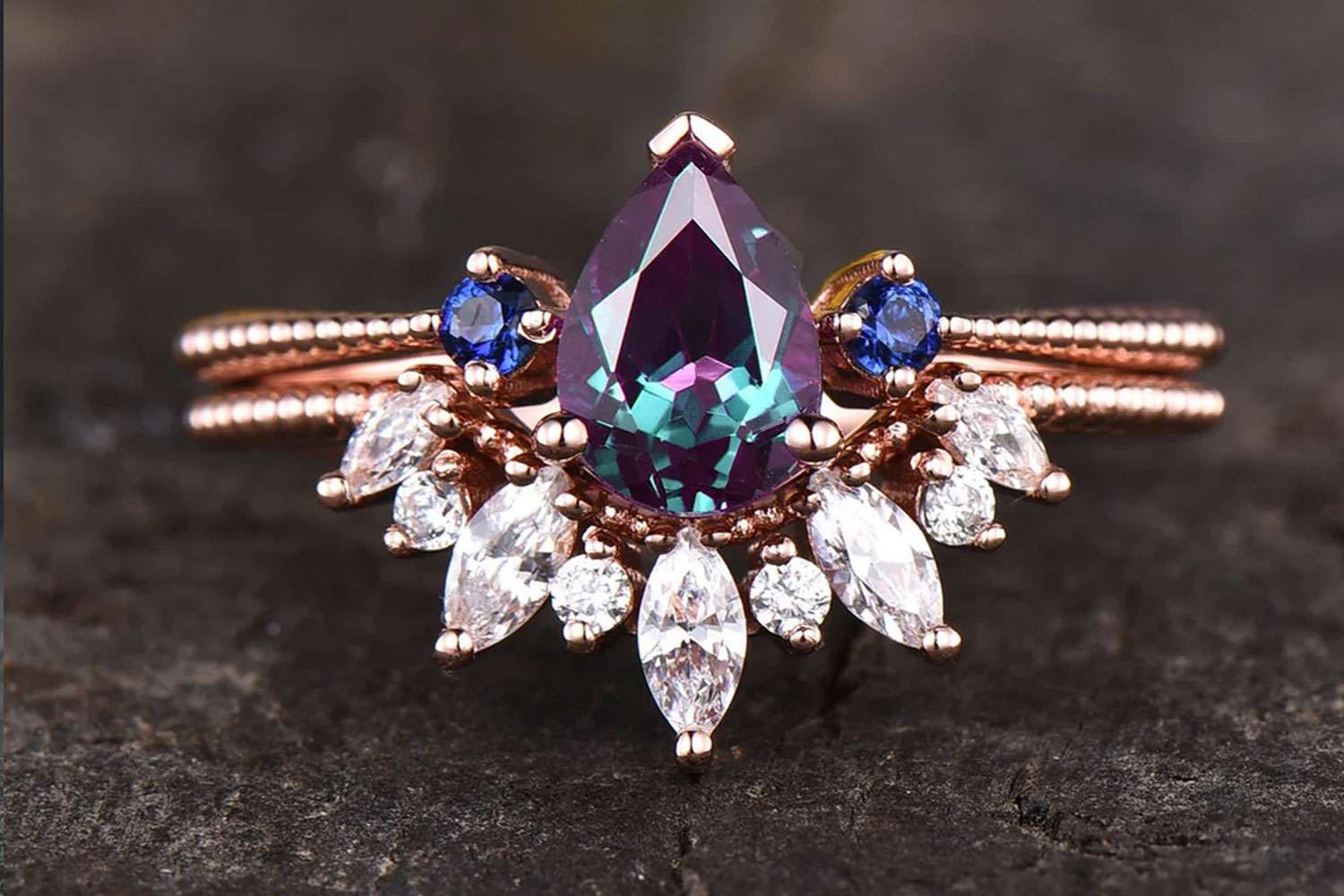By Sydney Slacas, Assistant Registrar
When you visit the Cleveland Museum of Art, have you ever thought about who cares for the extraordinary collection? With the collection spanning nearly 6,000 years of artistic achievement, the CMA’s Collections Management team works hard every day to install exhibitions, coordinate art shipments, complete gallery rotations, photograph and document the collection, and much more! But what exactly is collections management?
The collections management department is made up of several smaller teams, all specializing in different aspects of collections care. Generally, the department consists of a collections manager, registrars, art handlers, photographers, and a packing specialist. Together they are responsible for all aspects of art movement and oversight — from moving one painting out of storage to shipping an entire exhibition across the world!
Registrars
There are several registrars working in the department, each focusing on a different aspect of the job. The work of a registrar is mainly coordinating information and keeping records for the museum, as well as being on the front line for any logistical aspects regarding the works of art. As you can imagine, this is a monumental task and must be divided among several individuals.
At the CMA, there are four different types of registrars.
Exhibition registrars manage relations with other museums and lenders when a special exhibition is on view at the museum, such as Tales of the City: Drawing in the Netherlands from Bosch to Bruegel, Impressionism to Modernism: the Keithley Collection, and the exhibitions currently on view in collaboration with FRONT International. Exhibition registrars coordinate every logistical detail of the process when the CMA borrows works of art from another institution, private lender, or artist. The process begins by assisting the curator of the exhibition with making formal requests to the potential lender and answering questions that the lender might have when sending their property to the museum. After the formal loan requests are approved and processed, the registrars begin to organize shipping arrangements so that the work of art arrives safely and on time for display. Once the artwork has arrived at the museum, the registrar oversees the entire unpacking and ultimate installation in the gallery or exhibition hall. You can imagine the complexity when often more than 100 objects are sent to the museum, from many museums and lenders, for just one exhibition! Not to mention having to stay within budget, assist couriers, and keep a sharp eye on legal requirements! Oh my!
The other side of the coin is registrar for loans, who arranges for the works of art at the CMA to travel the world and introduce various national and international audiences to our amazing collection! The registrar for loans must receive feedback and field concerns from leadership, curators, and conservation specialists before notifying another institution whether its loan request has been approved. Our registrar for loans arranges and cares for the works of art leaving the museum, working closely with our packing specialist to make sure that each piece of art is protected during travel.
The registrar for acquisitions and long-term loans is responsible for artworks that are being considered for or entering the collection. This registrar must communicate with galleries and donors to bring these works of art to the museum so that curators and conservation can examine the pieces more closely and present the works to the board of trustees during acquisition meetings. Should the museum decide to acquire a new work of art, the registrar is then charged with coordinating the purchase and completing all necessary paperwork, shipping arrangements, contract agreements, numbering, and behind-the-scenes database management to bring the art to the museum for visitors to enjoy!
Finally there is the collection manager and registrar, responsible for maintaining the permanent collection that is always housed in the museum and remains either on view in our galleries or in storage. This registrar works with leadership and curators to ensure that the galleries are always in top form and ready to present to our visitors. In addition to installing work in the galleries, this registrar must care for and keep the collection organized as well, making sure that our art storage and collections care is always meeting and exceeding industry standards for easy location, maintenance, and access to our extraordinary collection.
Art Handlers
The six art handlers working at the CMA are responsible for all art movement and gallery and exhibition installations at the museum. Each day the art handlers utilize their combined knowledge of tools, equipment, hardware, installation techniques, and handling skills to ensure that the collection is always safe and accessible to visitors while on view. When they’re not installing in the galleries, the art handlers assist with delivering artwork to the photography studio to be digitized for inclusion in Collection Online, to the conservation lab for treatment, to the study rooms for curatorial and collection research, and more. Check out the Meet the Staff section in our members magazine, Cleveland Art, to read more about this team.
Packing
The CMA is fortunate to have an in-house packing specialist who is well versed in the most current packing methods and materials required to safely ship artwork. Whether it’s for three miles down the road by truck or 3,000 miles by air, each piece is assessed for custom packing. We use only archival, shock-absorbent materials that reduce possible damage caused by movement, vibration, and off-gassing from other unstable packing materials.
Photography
Photography plays an integral role in the museum, not only for our own reference and documentation but also for the public to be able to access our incredible collection on our website from anywhere in the world. The museum maintains a state-of-the-art photographic studio capable of handling the many new forms of visualization afforded by the advent of digital and computational imaging. It is staffed by three highly experienced and talented photographers with different areas of expertise, and an office manager who handles scheduling and disseminating the studio’s images where they are needed. In producing imaging of our collection objects for our Collection Online, their work provides a window to the world, illustrating the breadth and depth of the CMA’s world-class collection. The studio works closely with our curatorial staff to assist in scholarly research as well as with our conservation department to help their efforts in collections care. They also produce imaging to specifically enhance our exhibitions.
Stay tuned for future posts from the Collections Management team!




/cdn.vox-cdn.com/uploads/chorus_image/image/62810996/Amm_DeepSentinel_01.0.jpg)

More Stories
RFPIO Appoints DocuSign, Google & Seismic Alumnus As CMO
Gurney Journey: An Improvisational Approach
On The Spot: Linda Albertini